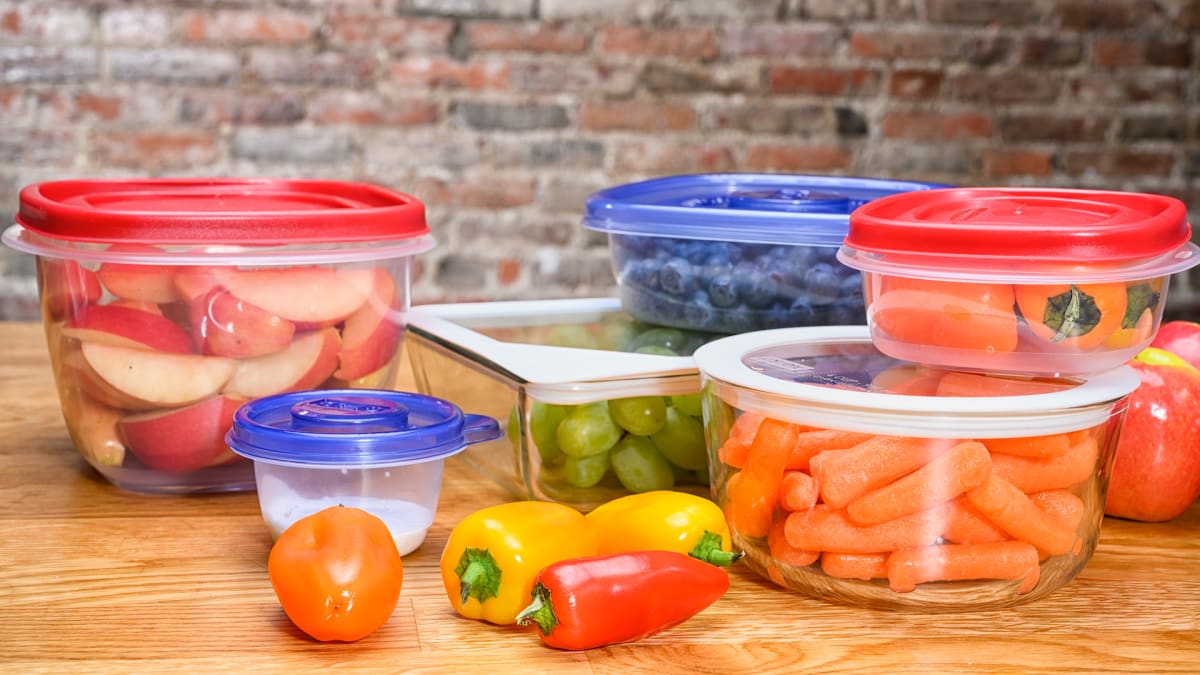Type 1 Plastics
Type 1 plastic, also known as PET (Polyethylene Terephthalate), is a thermoplastic polymer. It is commonly used for packaging products such as water bottles, soft drink bottles, and food containers. PET is a lightweight, durable, and transparent material that is popular for its ability to be easily formed into numerous shapes.
PET is generally used for packaging products due to its excellent barrier properties that keep the product fresh and safe for consumption. Numerous recycling Industries accept PET due to it being one of the most commonly recycled plastics.
PET is typically recycled through mechanical processes. The collected PET plastics are sorted and cleaned to remove any impurities, labels, caps, etc. The plastics are then crushed into small flakes and washed again to remove any remaining debris and contaminants. The flakes are melted and extruded into pellets, which can then be used to manufacture new products such as carpets, clothing, and packaging.
PET is a durable plastic that can take hundreds of years to break down in the environment. Like most plastic waste, it is a significant contributor to pollution in our oceans and landfills. To help reduce the use of PET, many companies and individuals are finding alternative packaging solutions and more sustainable solutions such as reusable objects to fill their place.
Some other ways to reduce the use of PET are to use reusable bottles or containers instead of single-use plastic products. Many companies are now offering refill stations for products such as water, laundry detergent, and cleaning solutions to reduce the need for single-use packaging.
Another way to reduce the use of PET is to choose products packaged in alternative materials such as glass, aluminum, or biodegradable materials. For example, some companies are now using biodegradable packaging made from materials such as bamboo or cornstarch to reduce the amount of plastic waste.
Governments and organizations are also taking action to reduce the use of PET! Some countries have implemented policies such as a ban on single-use plastics or taxes on plastic packaging to encourage companies to find alternative solutions.
In conclusion, PET plastics is a widely used and easily recyclable material that has many benefits, however, with the good comes the bad: it also poses a significant environmental challenge due to its slow degradation if not properly recycled. By using alternative materials and finding innovative solutions to reduce plastic waste, we can help reduce the impact of PET plastic on the environment and move towards a more sustainable future.

